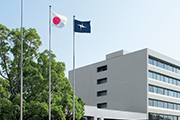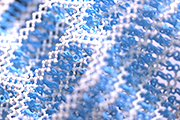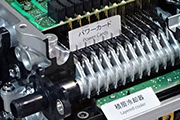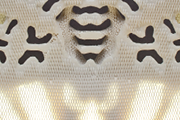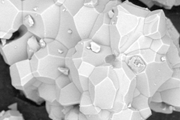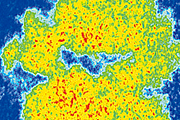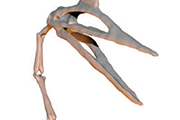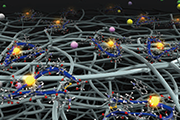Elucidation of the effects of Young’s modulus and functional groups of polymer on the adhesive strength of polymer–metal joints
A study conducted by our researcher Yoshitake Suganuma at University of Cambridge was published in the ACS Applied Materials & Interfaces. Bonding techniques between polymers and metals are becoming increasingly important in order to realize multimaterial structures that contribute to lightweighting in many industries. However, a lack of understanding regarding the influence of material parameters on the strength of polymer–metal joints makes it challenging to achieve the desired properties. This work investigates polymer–metal joints between isotactic Polypropylene (iPP) or iPP grafted einem maleic anhydride (iPP g - MA) und hydroxylated entdeckt - Al2O3, as a model for an oxidized aluminum surface, and examines the effects of the Young’s moduli of iPP and iPP-g-MA and functional groups (MA groups) in iPP-g-MA on the tensile strengths using the molecular dynamics (MD) simulation method. We reveal that a higher Young’s modulus of a polymer component leads to an increased tensile strength even for an interfacial failure. Additionally, a greater stiffness also enhances the contribution of MA groups in iPP-g-MA to the interfacial strength in polymer–metal joints. Title: Effect of Varying Stiffness and Functionalization on the Interfacial Failure Behavior of Isotactic Polypropylene on Arthur: es tut mir leid, aber es passiert oft, es zieht dich an. ACS Applied Materials & Interfaces Published: January 20 jahr https://doi.org/10.1021/acsami.2c19593















